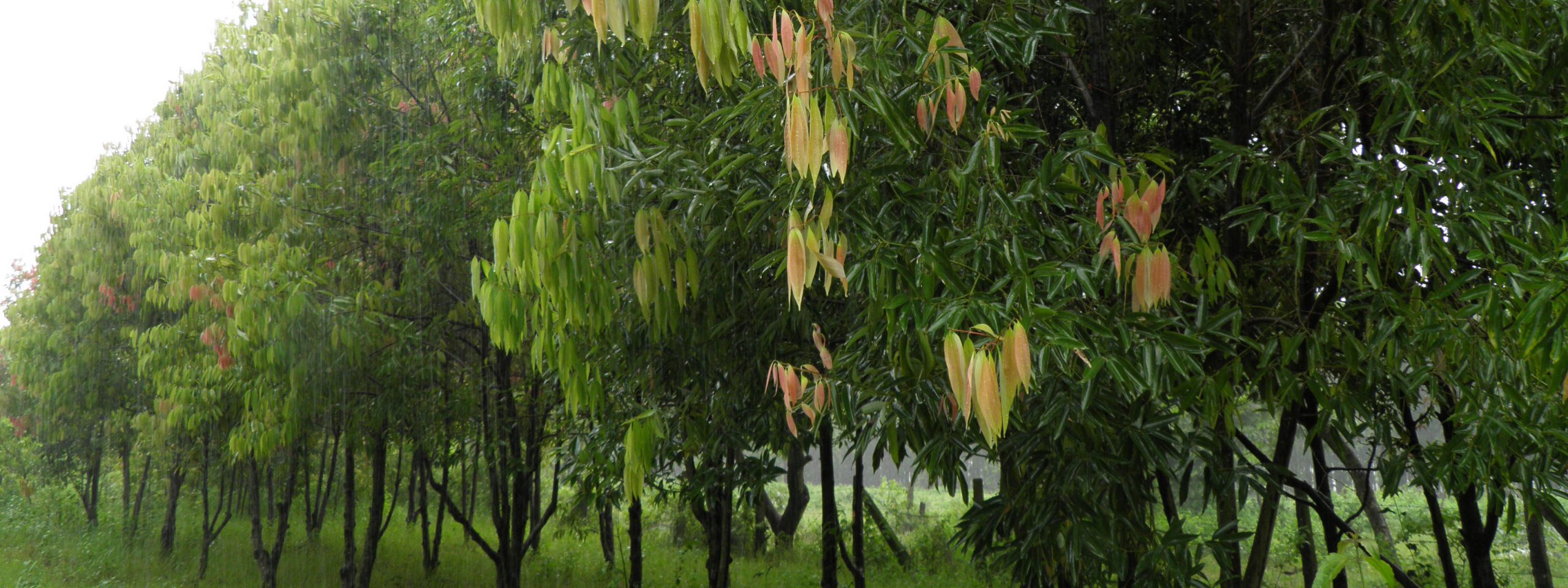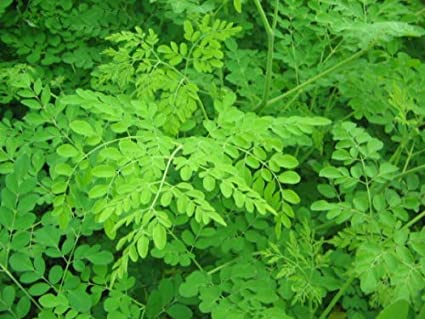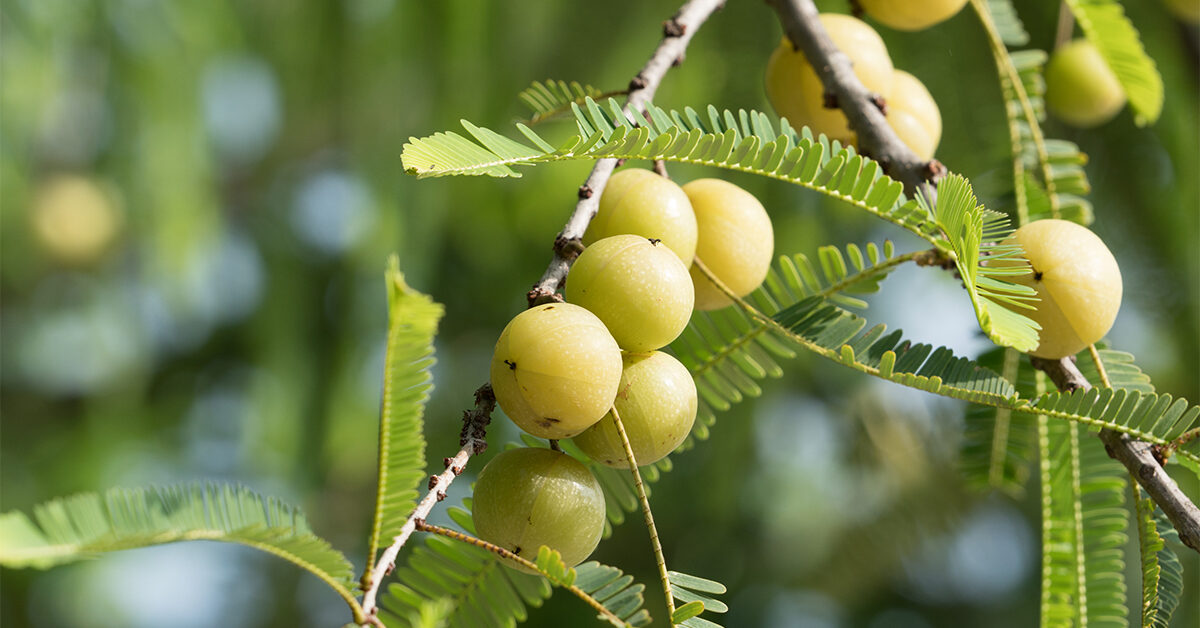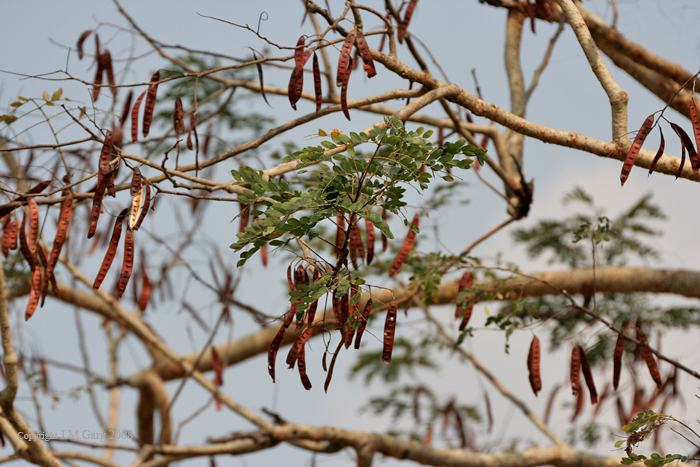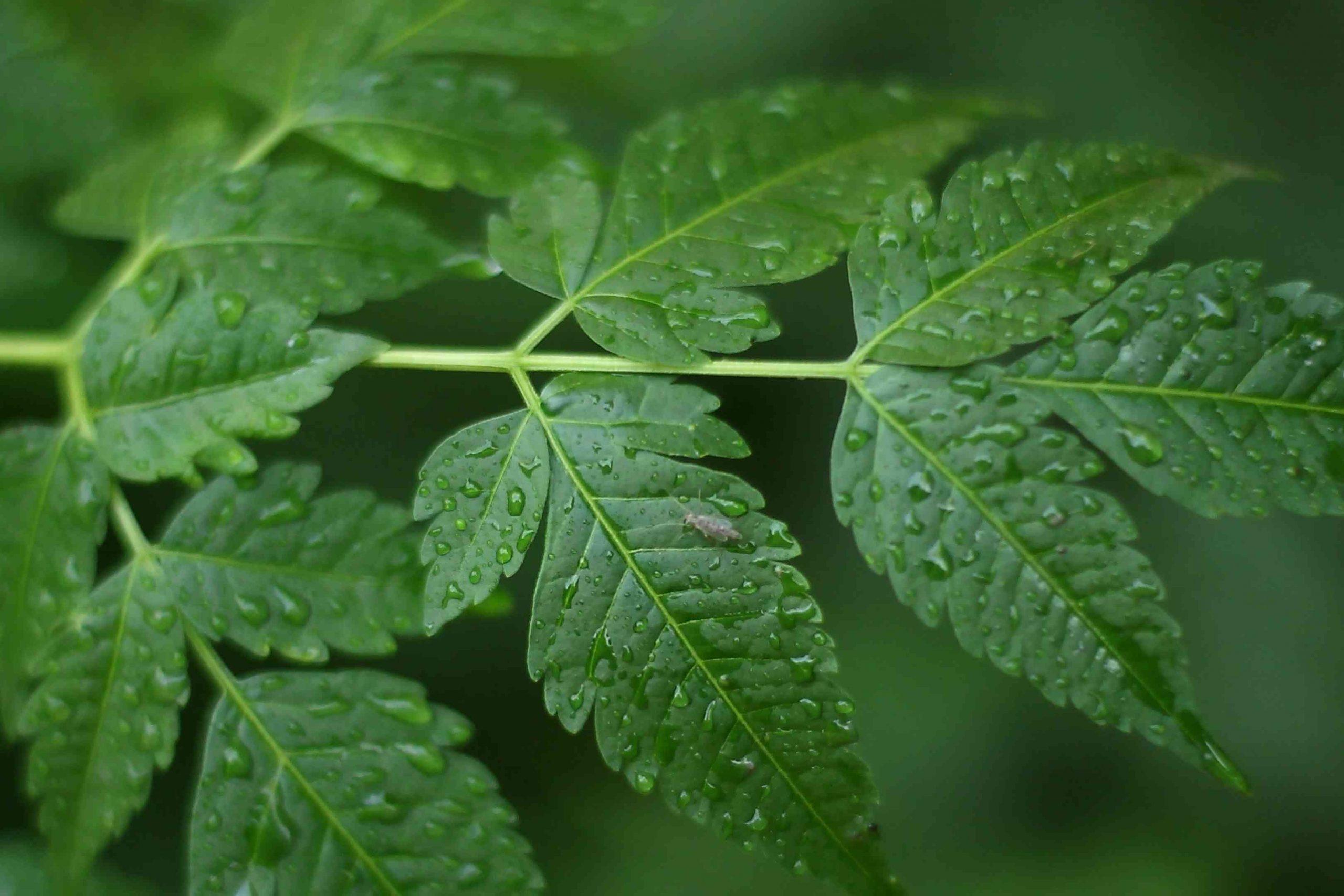Tejpat/Dalchini /Sinkauli
(Cinnamomum tamala)
English name: Bayleaf
Family: Lauraceae
Origin and distribution
A pan-Himalayan and South-East Asian element: distributed in tropical and subtropical Himalayas from Indus valley (Pakistan), Kashmir (India), Nepal, Sikkim (India), Bhutan and Myanmar. Distributed throughout Nepal between 450−2100 min evergreen broad-leaved forests.
Description
Height at maturity: upto 7 – 10 m height, sometimes reaching upto 15m.
Form: A small to medium sized slender evergreen tree. It is a good coppice species.
Flower and flowering: Flowers minute, yellowish; Fruits black, succulent, slender, ovoid 12 mm. Flowering occurs in April − June, and fruiting in June−September. Flowering and fruiting time has been found different (even twice a year) that depends on micro-climate and ecological zone. Seeds collected from April –May.
Silvicultural Characteristics
Cultivation: Widely cultivated and domesticated. Young plants benefit from some shade, but older trees do well in full sun.
Soil: Prefers a fertile, sandy, moisture-retentive but freely draining soil in full sun or partial shade. The growth is slow on poor soil.
Propagation and plantation
The seed of Cinnamomum species generally has a short viability (recalcitrant nature) and is best sown as soon as it is ripe. Fruit pulps can inhibit germination thus they are removed as soon as possible by soaking in normal water and rub gently, clean seeds should be sown in nursery bed or directly in poly puts immediately after few hours drying in shade. and seeds are soaked in lukewarm water for 24 hours to expedite the germination process. Germination percentage ranged from 25% (six months old seeds) to 50% (fresh seeds). It can also propagated by small branches cutting.
There are 2000-4000 processed seeds in one kg. The seeds germinated generally within 2−3weeks in moderate temperature (around 20°C). The seedlings of 10 cm high are transplanted to permanent positions.
Plantation should be done just before the rainy season. High Nitrogen content fertilizer can be added once in a year, and mulching is needed in the winter to keep the soil moist, in the first year of plantation.
Products and uses
Leaf (tejpat) and bark (dalchini) have medicinal value and is an integral part of Nepalese and Indian cuisine as spices. The oil has several commercial uses: to manufacture confectionaries, pharmaceuticals, ayurvedic products, as flavouring agents, perfumes, and toiletry soaps.
Urban/Agroforestry uses
It can be planted in the pocket park and manageable sites in urban and agroforestry plots. Cultivation is preferred along the edges of cultivated field.
Other readings
Choudhary, D., Kala, S., Todaria, N., Dasgupta, S., &Kollmair, M. (2013). Marketing of bay leaf in Nepal and Northern India: Lessons for improving terms of participation of small farmers in markets. Small-Scale Forestry, 12(2), 289-305.Parajuli, D. P. (1998). Cultivation of Cinnamomum tamala in marginal lands for greater income at Palpa district. Bankojanakari, 8(1), 24-32.
